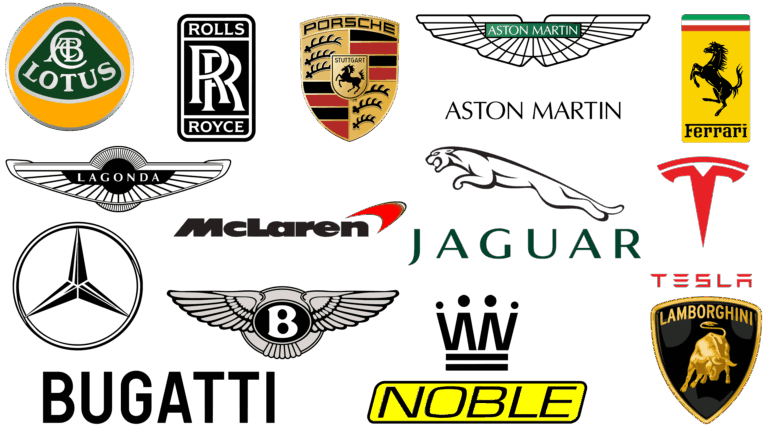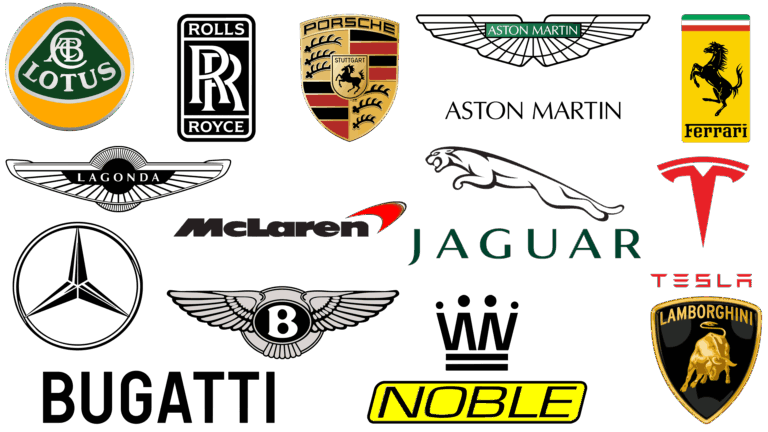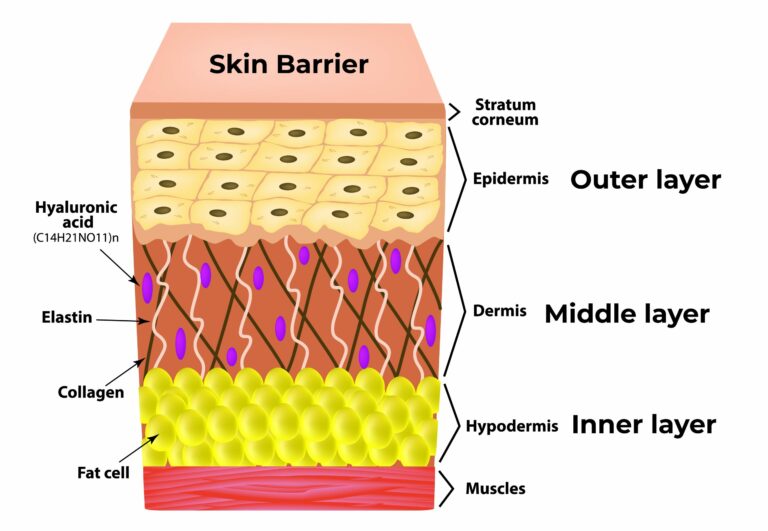What Is The Cheapest Brand New Car I Can Buy?
What Is The Cheapest Brand New Car I Can Buy? cars.truckstrend.com
In an era of escalating car prices and rising living costs, the dream of owning a brand new vehicle often collides with the reality of a tight budget. Yet, for many, a new car represents more than just transportation; it signifies reliability, a full warranty, the latest safety features (even in base trims), and the peace of mind that comes from being the first owner. The question then becomes, "What is the cheapest brand new car I can buy?" This article aims to be your comprehensive guide to navigating the entry-level automotive market, helping you identify the most affordable options without compromising on essential needs.
Finding the "cheapest" brand new car isn’t just about spotting the lowest sticker price. It’s about understanding the total cost of ownership, the features you genuinely need, and the trade-offs you’re willing to make. For first-time buyers, those needing a reliable second family car, or anyone looking to minimize their automotive expenditure, unlocking the secrets of the budget-friendly new car market is a crucial first step.
What Is The Cheapest Brand New Car I Can Buy?
The Landscape of Affordability: Defining "Cheapest"
When we talk about the cheapest brand new car, we’re primarily looking at vehicles with the lowest Manufacturer’s Suggested Retail Price (MSRP) for their base model. However, it’s vital to remember that the final price paid at the dealership can include additional costs such as:
- Destination/Freight Charges: A non-negotiable fee charged by the manufacturer to transport the vehicle to the dealership.
- Dealer Fees: Documentation fees, preparation fees, or other charges that vary by dealership and state.
- Sales Tax & Registration: Governed by your local and state regulations.
- Optional Extras & Trim Levels: While we focus on base models, adding even minor options can quickly elevate the price.
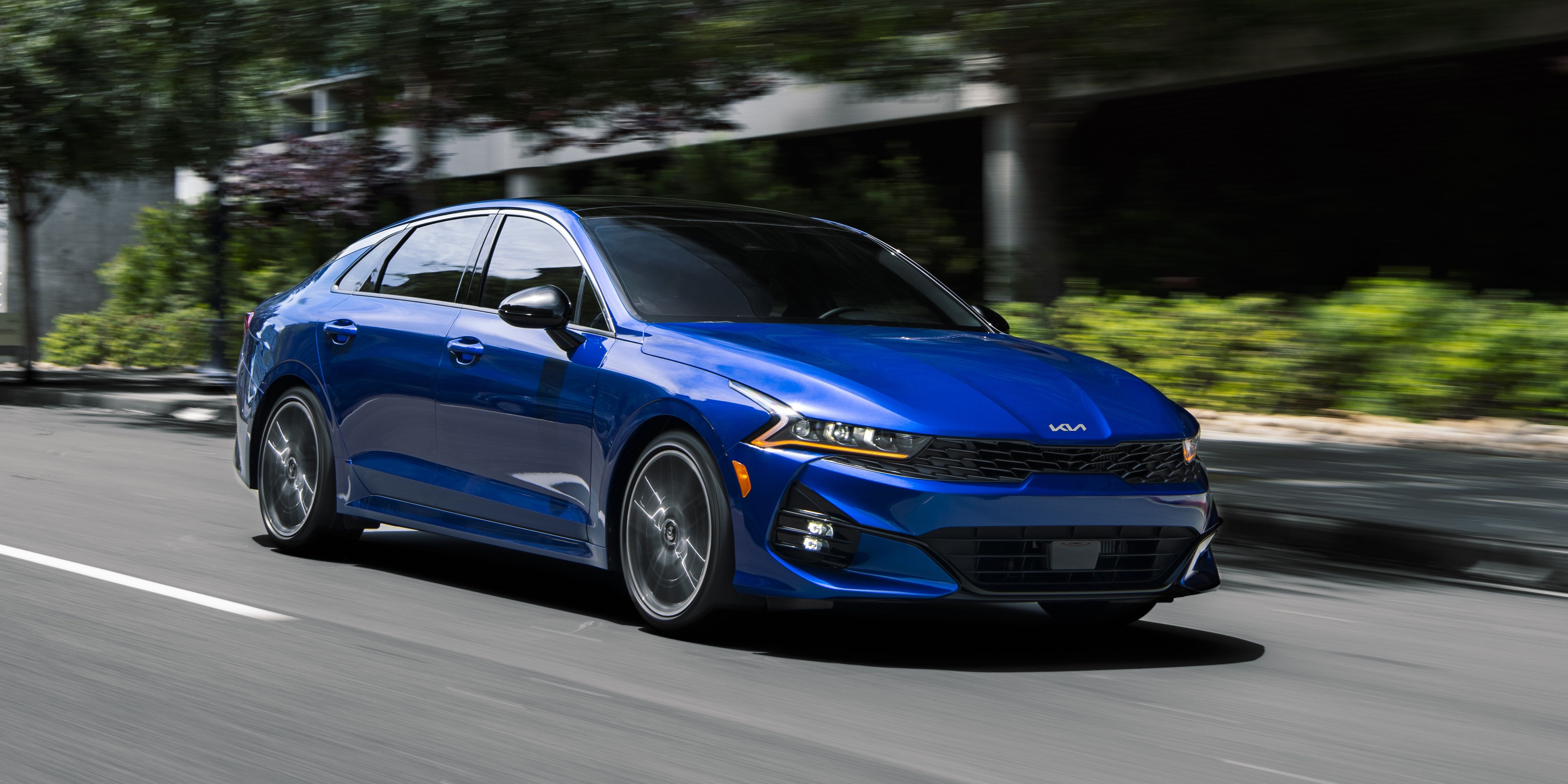
Therefore, the "cheapest" car is typically the most basic trim level of a particular model, stripped of most non-essential features, and sold with minimal dealer markups. Market fluctuations, supply chain issues, and regional incentives can also play a significant role in determining the true "cheapest" option at any given moment. Always check current pricing and incentives from manufacturers and local dealerships.
Top Contenders for the "Cheapest" Title (U.S. Market Focus)
The landscape of affordable new cars is dynamic, with models entering and exiting the sub-$20,000 (or close to it) price bracket. While specific rankings can shift, a few models consistently compete for the title of the cheapest brand new car in the U.S. market. These vehicles prioritize value, fuel efficiency, and basic functionality over luxury or high performance.
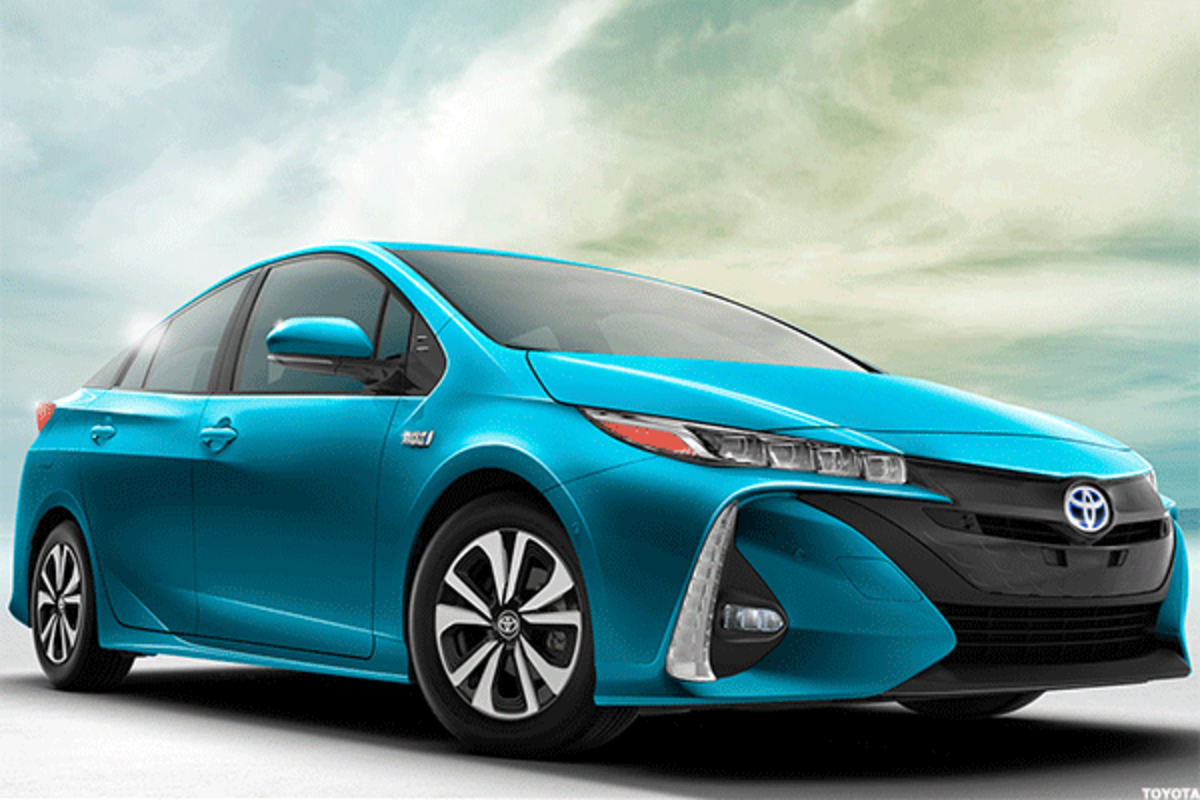
Mitsubishi Mirage (Sedan and Hatchback): Often considered the perennial leader in affordability, the Mirage consistently boasts the lowest starting MSRP. Available as a compact hatchback or a G4 sedan, it’s known for its excellent fuel economy (especially the CVT automatic) and a long powertrain warranty. Its primary appeal is its low cost and ease of maneuverability, though performance and interior refinement are basic.
-
Nissan Versa: Another strong contender, the Versa sedan typically offers a slightly more refined driving experience and a bit more interior space than the Mirage, while remaining remarkably affordable. It often comes with a few more standard features, including basic driver-assist technologies, even in its entry-level trims, making it a compelling value proposition.
-
Kia Forte / Hyundai Elantra: While slightly pricier than the Mirage or Versa, the base models of the Kia Forte and Hyundai Elantra often dip into the very low $20,000s, especially with incentives. These compact sedans offer significantly more space, power, and a more comfortable ride, blurring the lines between entry-level and mainstream compacts. They represent excellent value for money for those who can stretch their budget slightly.
-
Chevrolet Trax / Hyundai Venue: These are subcompact SUVs/crossovers that have recently entered the affordable market space. While their starting MSRPs are often a bit higher than the absolute cheapest sedans, they offer the popular elevated seating position and more versatile cargo space that many buyers seek, often with competitive base pricing that makes them worth considering if a sedan isn’t quite right.

It’s crucial to note that the absolute "cheapest" car can vary based on manufacturer incentives, regional pricing, and dealer stock. Always consult official manufacturer websites and local dealerships for the most up-to-date pricing and availability.
Important Considerations Beyond the Sticker Price
Buying the cheapest car isn’t just about the initial outlay. A truly smart purchase considers the total cost of ownership (TCO) and how the vehicle fits into your lifestyle.
- Fuel Economy: Lower purchase price cars often excel in fuel efficiency, but always compare official EPA ratings. Over years of ownership, a few extra MPG can translate into significant savings.
- Insurance Costs: Smaller, less powerful, and less expensive cars typically have lower insurance premiums, but factors like your driving record, location, and specific trim can influence this. Get insurance quotes before you buy.
- Maintenance & Reliability: Research the brand and model’s reputation for reliability. While new cars come with warranties, some brands have lower long-term maintenance costs and more readily available parts. Check consumer reliability ratings.
- Safety Features: While all new cars must meet federal safety standards, base models might lack advanced driver-assistance systems (ADAS) like automatic emergency braking, lane-keeping assist, or blind-spot monitoring. Evaluate what safety features are non-negotiable for your peace of mind.
- Resale Value: While the cheapest cars typically depreciate faster in terms of percentage of their value, their low initial price means the absolute dollar amount of depreciation might still be lower than a more expensive car.
- Standard Features vs. Desired Features: Base models are exactly that – basic. Expect manual seats, smaller infotainment screens (or none at all), manual climate control, and potentially steel wheels with hubcaps. List your must-have features (e.g., air conditioning, power windows, Bluetooth) and check if the base model includes them. If not, the next trim level might be a better value despite a higher MSRP.
Tips for Finding the Absolute Cheapest Deal
Securing the best price on an entry-level new car requires a strategic approach:
- Be Flexible: If your primary goal is the lowest price, be open to different colors, basic interior materials, and whatever base models are readily available. Dealers often have fewer base models in stock as they prefer selling higher-trim, more profitable versions.
- Shop Around Extensively: Contact multiple dealerships, even those a bit further away. Use online car-buying services and dealership websites to compare prices. Some dealers might be willing to offer a better deal to move inventory.
- Negotiate Smartly: While highly sought-after cars might have little room for negotiation, entry-level models sometimes offer more flexibility. Focus on the out-the-door price, not just the MSRP. Be prepared to walk away if the deal isn’t right.
- Time Your Purchase: End-of-month, end-of-quarter, or end-of-year sales events are often good times to find deals as dealerships try to meet sales targets. New model year introductions can also lead to discounts on outgoing models.
- Check Manufacturer Incentives: Always visit the manufacturer’s website for current rebates, low APR financing offers, or special lease deals. These can significantly reduce your effective cost.
- Secure Financing Beforehand: Getting pre-approved for an auto loan from your bank or credit union gives you leverage at the dealership and helps you understand your true budget.
Challenges and Trade-offs
Choosing the cheapest new car inevitably involves certain trade-offs:
- Limited Features and Comfort: Don’t expect plush interiors, advanced infotainment systems, or powerful engines. These cars are built for utility and economy.
- Basic Performance: Acceleration will be modest, and handling might be less refined than more expensive vehicles. They are designed for city driving and light highway use.
- Size and Space: Most of the cheapest new cars are subcompacts or compacts, meaning less passenger room and cargo capacity compared to larger vehicles.
- Availability: As mentioned, base models can sometimes be harder to find on dealer lots because they are less profitable for dealerships. You might need to order one or wait.
- Rapid Price Changes: The entry-level market is sensitive to economic shifts. Prices can fluctuate, and models can be discontinued or have their base prices raised without much notice.
Price Table: Leading Affordable Brand New Cars (U.S. Market, Estimated 2024 Starting MSRPs)
Please Note: All prices are estimated starting MSRPs for the base model, excluding destination charges, taxes, and dealer fees. Actual prices may vary significantly based on location, incentives, and dealer specifics. Always verify current pricing with manufacturers and local dealerships.
| Make | Model | Body Style | Approx. Starting MSRP (USD) | Engine/Transmission | Key Standard Features (Base) | Pros | Cons |
|---|---|---|---|---|---|---|---|
| Mitsubishi | Mirage ES | Hatchback | $16,695 | 1.2L 3-Cyl (78 hp) / 5-Spd Manual or CVT | 7-inch Touchscreen, Apple CarPlay/Android Auto, Automatic Climate Control, Forward Collision Mitigation | Lowest MSRP, Excellent Fuel Economy, Long Warranty (10yr/100k powertrain) | Very Basic Performance, Noisy Engine, Unrefined Interior, Limited Features |
| Mitsubishi | Mirage G4 ES | Sedan | $17,695 | 1.2L 3-Cyl (78 hp) / 5-Spd Manual or CVT | (Same as Mirage Hatchback) | Lowest MSRP Sedan, Good Trunk Space, Excellent Fuel Economy, Long Warranty | Very Basic Performance, Noisy Engine, Unrefined Interior, Limited Features |
| Nissan | Versa S | Sedan | $17,790 | 1.6L 4-Cyl (122 hp) / 5-Spd Manual or CVT | 7-inch Touchscreen, Cruise Control, Automatic Emergency Braking, Lane Departure Warning | Better Performance & Refinement than Mirage, More Standard Safety Features, Spacious Interior | Still Basic, Manual Transmission Standard (CVT adds to cost), Rear Drum Brakes |
| Kia | Forte LX | Sedan | $19,990 | 2.0L 4-Cyl (147 hp) / CVT | 8-inch Touchscreen, Wireless Apple CarPlay/Android Auto, Lane Keeping Assist, Driver Attention Warning | More Powerful Engine, More Interior Space, Better Ride Quality, Good Standard Tech | Higher Starting Price, Not as Fuel Efficient as Smaller Cars, Limited Rear Headroom |
| Hyundai | Elantra SE | Sedan | $21,600 | 2.0L 4-Cyl (147 hp) / CVT | 8-inch Touchscreen, Wireless Apple CarPlay/Android Auto, Forward Collision-Avoidance Assist, Lane Keeping Assist | Stylish Design, Comfortable Ride, Good Standard Safety Tech, Spacious Cabin | Higher Starting Price, Not as Fuel Efficient as Smaller Cars |
| Hyundai | Venue SE | SUV/Crossover | $19,990 | 1.6L 4-Cyl (121 hp) / CVT | 8-inch Touchscreen, Wireless Apple CarPlay/Android Auto, Forward Collision-Avoidance Assist, Lane Keeping Assist | SUV Styling & Elevated Seating, Maneuverable, Good Standard Tech | Smallest Crossover, Limited Cargo Space, FWD Only, Not Very Powerful |
Frequently Asked Questions (FAQ)
Q: Why are brand new cars so expensive now?
A: Several factors contribute to rising car prices, including inflation, increased material costs, supply chain disruptions (especially for semiconductors), higher demand, and the integration of more advanced technology and safety features.
Q: Do the cheapest cars have good safety features?
A: All new cars sold in the U.S. must meet federal safety standards. While base models might lack advanced driver-assistance systems (ADAS) found in higher trims, they are still designed to protect occupants in a crash. Many affordable cars now include basic ADAS like automatic emergency braking as standard. Always check the specific model’s safety ratings (e.g., from NHTSA or IIHS).
Q: Are base models difficult to find at dealerships?
A: Sometimes. Dealerships often prioritize stocking higher-trim models because they are more profitable. If you’re set on a base model, you might need to call several dealerships, be prepared to order the car, or wait for it to be allocated.
Q: Is it better to buy the cheapest new car or a slightly used, more expensive model?
A: This depends on your priorities. A new car offers a full factory warranty, the latest features, and the assurance of being the first owner. A slightly used car (1-3 years old) has already absorbed the steepest depreciation, potentially offering more features or a higher class of vehicle for the same price as a new budget car, but without the full new car warranty or "new car" smell. This article focuses strictly on new cars as per the prompt.
Q: What about the cheapest electric cars?
A: While the EV market is growing, brand new electric vehicles generally have a higher upfront cost than comparable gasoline-powered cars. The cheapest new EVs (e.g., Chevrolet Bolt EV/EUV, Nissan Leaf) typically start in the mid-to-high $20,000s or low $30,000s, often after federal tax credits. They are not currently competitive with the absolute cheapest gasoline cars on initial purchase price.
Q: Do the cheapest cars come with a warranty?
A: Yes, absolutely. All brand new cars, regardless of price, come with a manufacturer’s warranty covering various components for a specified period (e.g., 3-year/36,000-mile bumper-to-bumper, 5-year/60,000-mile powertrain). Some brands, like Mitsubishi and Hyundai/Kia, offer even longer powertrain warranties, which is a significant benefit for budget buyers.
Conclusion
Finding the cheapest brand new car you can buy is a journey of careful research, strategic shopping, and realistic expectations. While the lowest sticker price often points to models like the Mitsubishi Mirage or Nissan Versa, a truly smart purchase considers the balance of initial cost with long-term expenses like fuel, insurance, and maintenance. These entry-level vehicles may lack the bells and whistles of their pricier counterparts, but they deliver on their promise: reliable, efficient, and warrantied transportation that won’t break the bank. By understanding the landscape, knowing what to consider beyond the MSRP, and applying smart shopping tips, you can drive off in a brand new car that perfectly fits your budget and your life.
